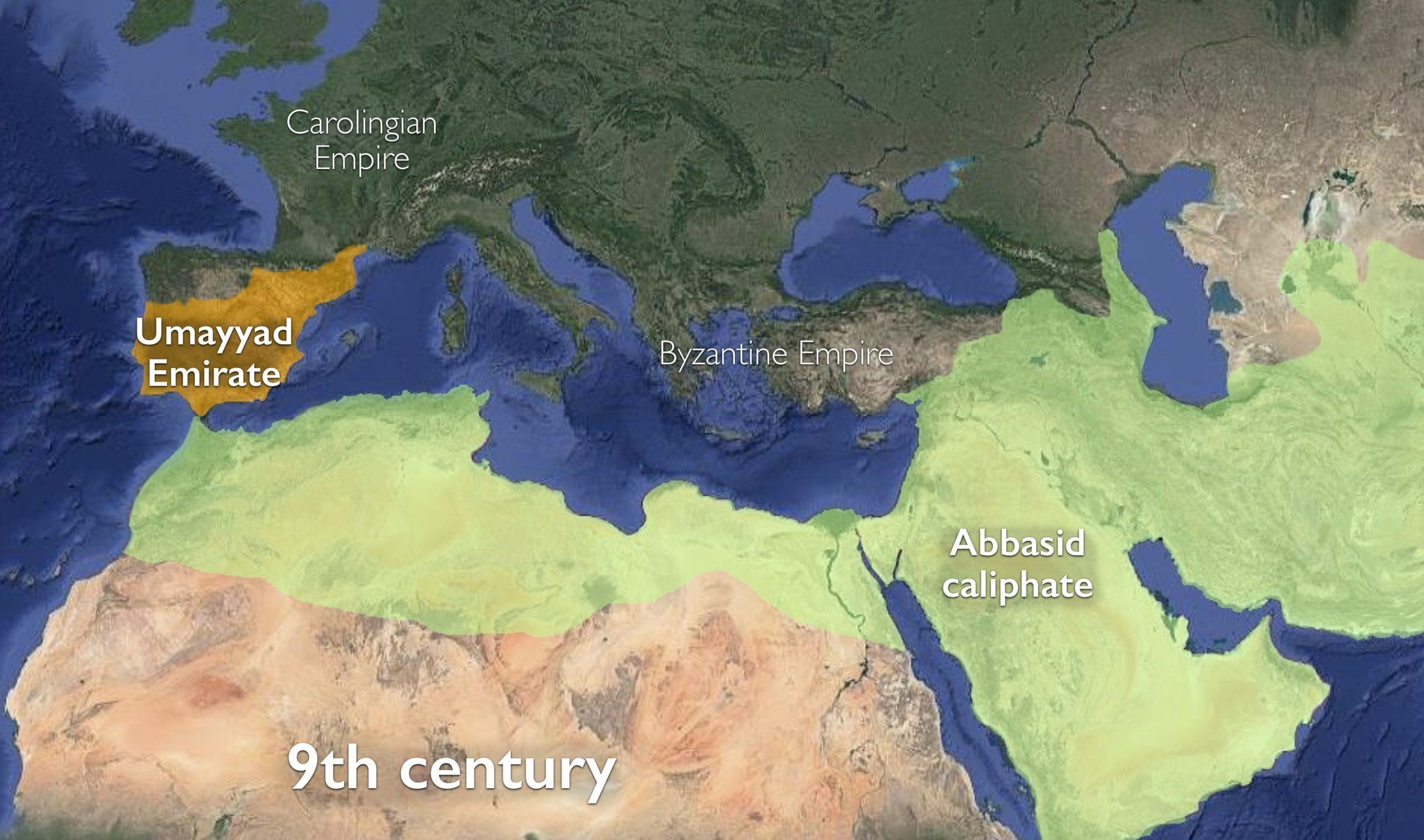Bismillah,
The 2nd century Hijri (719-816 CE) was a crucial time in Islamic history.
The period marked the solidification of the Islamic empire and the flourishing of intellectual, cultural, and administrative growth.
As well as the transition from Umayyad to an Abbasid Caliphate.
750 CE – Fall of the Umayyads and Rise of the Abbasids
After decades of unrest, the Umayyad Caliphate fell in 750 CE.
The Abbasids, with support from various groups, took control.
This ushered in a new era, where Baghdad became the epicentre of Islamic civilization, setting the stage for what is known as the “Islamic Golden Age.”
762 CE – The Founding of Baghdad
The Abbasid Caliph, Al-Mansur, founded Baghdad in 762 CE, strategically located near the Tigris River.
The city quickly became a center of learning, culture, and trade, attracting scholars, merchants, and innovators.
Its establishment was pivotal for the development of the Islamic world and the exchange of ideas from different cultures.
The Golden Age of Islamic Scholarship (Late 8th Century)
By the latter part of the 2nd century Hijri, the Islamic world experienced an intellectual boom, marked by advancements in science, philosophy, and medicine.
The House of Wisdom (Bayt al-Hikmah) was established in Baghdad, where scholars translated and expanded upon ancient Greek, Persian, and Indian works.
Development of Islamic Jurisprudence
This century was instrumental in shaping Islamic law (fiqh).
Prominent scholars such as Imam Malik (d. 795 CE), who compiled the Muwatta, and Imam Abu Hanifa (d. 767 CE),laid the foundation that would lead to the development of the four major Sunni schools of thought(madhhabs), Hanafi, Maliki, Shafi’i, and Hanbali.
Their work continues to influence Islamic thought and practice today.
786 CE – The Rule of Harun al-Rashid
Harun al-Rashid’s rule (786-809 CE) was one of the most significant periods of the Abbasid dynasty.
His reign symbolised the peak of the Abbasid Caliphate’s prosperity and influence, with the caliphate controlling vast territories stretching from Spain to the Indus River.
His patronage of science, art, and culture brought unprecedented growth in knowledge and trade.
790s CE – Translation Movement
During this period, scholars in Baghdad began translating major works of Greek, Persian, and Indian origin into Arabic.
This laid the foundation for later scientific and philosophical advancements in the Muslim world, preserving and enhancing the knowledge that would later inspire the Renaissance in Europe.
Conclusion
The 2nd Century Hijri was a defining moment in Islamic history, characterised by political change, intellectual advancements, and the consolidation of Islamic rule across vast regions.
The rise of the Abbasids and the establishment of Baghdad as a centre of knowledge marked a new era in which Islamic civilization became a beacon of learning and cultural development.
This period set the foundations for the Golden Age of Islam, leaving a lasting legacy that continues to influence global history today.
Which key moment from the 2nd century Hijri stands out to you?
Let us know in the comments below!
